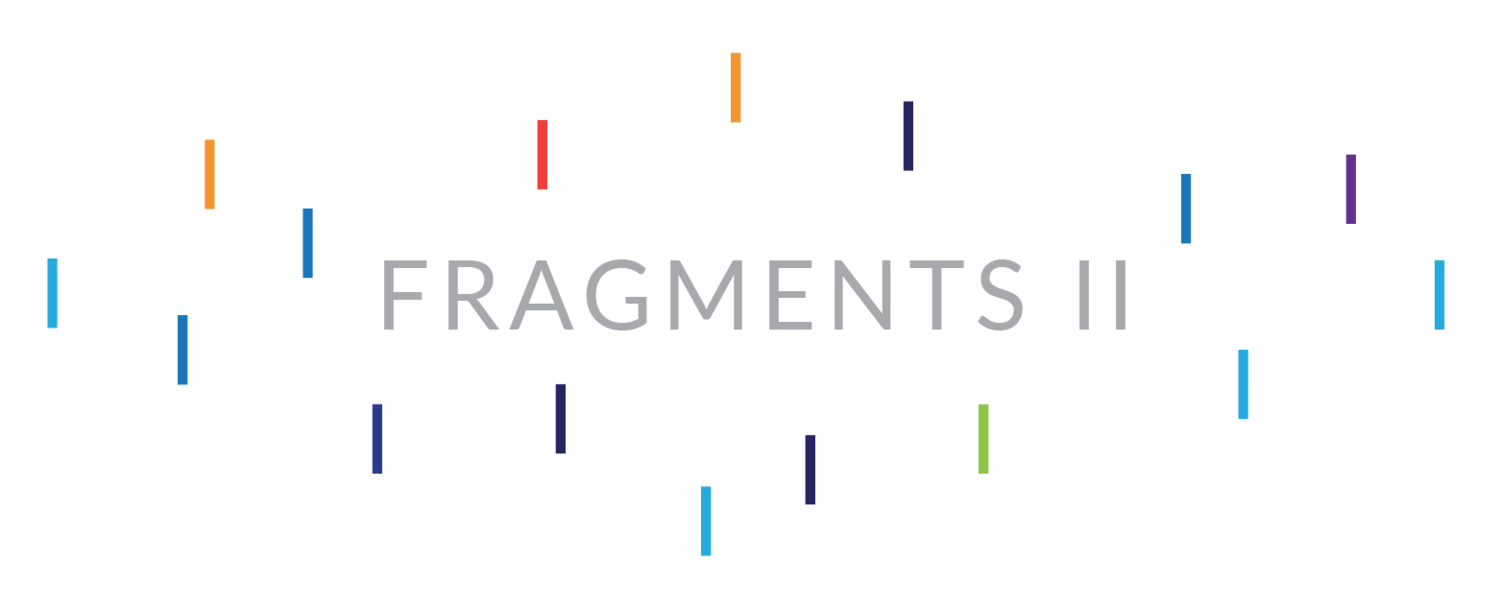Sir Issac Newton and The Periodic Table of Advancement™
The Periodic Table of Advancement™ is not science. At least, not in the traditional sense.
Somewhere at the intersection between art and science, however, there appears to be a point at which both students of Physics and English Literature are looking for new ways of seeing the world, new connections, and new patterns.
Looking back on 2018, there is no doubt that The Periodic Table of Advancement™ is becoming increasingly difficult for some of us to un-see. The posters in our offices not only remind us of 21 essential, irreducible, and interrelated Elements, but are inspiring us to think differently, work differently, and talk about what we do in new and potentially more disruptive ways.
So what about Issac Newton?
Newton was a man who saw far deeper than any of us into the infinitely complex structure of the Universe and, some will argue, his true genius lies in his ability to emerge from it all with something as apparently simple as Three Laws of Motion.
And it's the Third Law that particularly interests me.
To every action there is always an equal and opposite reaction.
I am no scientist but over the last few days, I've been reading a lot of articles and blog posts about the meaning and relevance of this statement for a variety of issues; from understanding what happens when we bounce a ball and the importance of friction, to why change management will often get kick-back and how karma works.
And I've been wondering what this all means for Advancement.
The more I think about it, the less convinced I am by those who suggest that if we push in a particular direction, then there will be just as many people intent on pushing back. For me, the key to understanding what Newton is getting at here comes later, when he writes:
If you press a stone with your finger, the finger is also pressed by the stone.
Back to the Periodic Table of Advancement™ and the way in which it is framing our view of what we do in schools.
It appears that the more we think about these patterns, these Elements, and the new configurations that may be out there, the more we are changed. The more we design, the more these designs are shifting our long-held assumptions.
In short, we the artists are finding ourselves redrawn.
And so in our quest to define, design and disrupt, it is ultimately we who are ending the year changed.
Photo by Hal Gatewood on Unsplash




